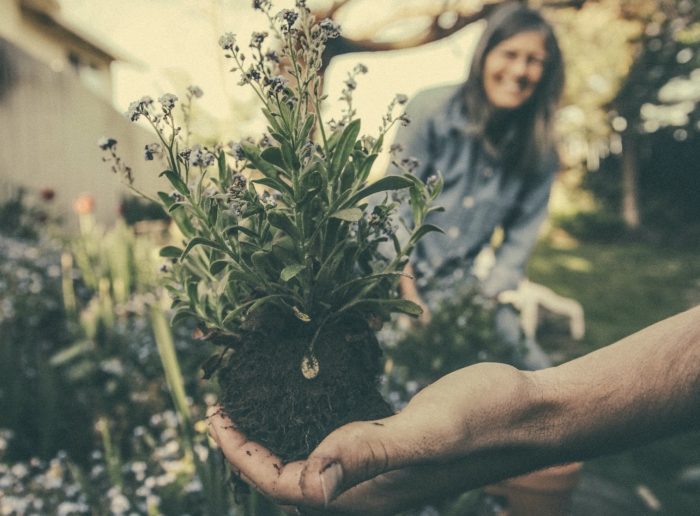If you’ve just started gardening, you might be wondering what gardening or growing zones are.
Gardening zones, also known as “Plant Hardiness Zones,” are regional designations that tell you what plants will survive the winter if planted outside in your region. Regions and plants are rated on a scale determined by climate factors like the highest and lowest annual temperatures.
United States Gardening Zones and Plant Hardiness
Most countries have their own plant hardiness zone scale. The USDA Plant Hardiness Map is the standard in the U.S., and it rates regions and plants based on the coldest winter temperatures for the area or that the plant can withstand. The USDA zone map goes from zone 1a, in parts of Alaska, to zone 13b in Puerto Rico.
Canadian Gardening Zones and Plant Hardiness
In Canada, we have Canadian Plant Hardiness maps. Our system considers several different climatic conditions, including minimum temperatures in the coldest months of the year, frost-free days above the freezing point, amount of rainfall between June and November, maximum temperatures in the hottest months, maximum snow depths, and maximum wind gusts.
In theory, this should mean that the Canadian plant hardiness index and the corresponding zones are more accurate. But, lots of people are more familiar with the U.S. zone system. So the Canadian site has also made a map that corresponds with the USDA system of minimum temperatures.
It’s not too big of a deal, but they are a bit different, so your zone on the Canadian system will be slightly different than your zone based on the USDA system. If you are a Canadian gardener, I recommend knowing what your zone is on both maps.
You can save a lot of money and grief by knowing your growing zone and checking plant tags before buying them. Most plants will list the growing zone on their tag. If you live in a colder region, there might be plants that won’t survive your winters outside but are still perennials that you may be able to grow if you protect them properly through the winter.
How Can I Use My Gardening Zone to Save Money?
Knowing your hardiness zone and learning a little bit about microclimates can help you maximize your plant investments. If you know your gardening zone, you can make sure you only buy plants rated for the hardiness zone you live in. You can also make informed decisions about plants that are slightly riskier but that you might be able to keep going with a little extra care. This might mean additional protection and insulation for the winter or bringing them inside.
Micro-Climates and Your Gardening Zone
Micro-climates are regions in your yard that may have different climate extremes than your overall region. For example, if your house is south-facing, with plenty of tree and shrub protection on the sides, and you get quite a bit of winter sun, you will probably be able to overwinter plants from one to two zones above your designated zone in the front yard.
You’ll need to plant higher zone plants close to the house and give them some extra protection in the winter. Wrapping them with burlap in the fall, giving them extra mulch, or even covering them with a cloche might allow you to grow some zone four perennials in zone three.
Alternatively, if your yard is in a frost pocket or fully exposed to the prevailing winds, and you have no tree shelterbelt, you may have trouble with plants for your zone. You may need to buy plants for a zone lower than what your area is rated for.
How Gardening Zones Affect Balcony Gardening
Alternatively, if you live in an apartment building and want to garden on your balcony, it’s important to know your zone. If you’re going to grow perennials in pots on a balcony, you have to be extra careful.
The general rule of thumb is that you should buy plants for zones rated two to three lower than your zone if you want them to survive winter on a balcony.
And then it’s also extra important to protect them even more through the winter. Especially if your balcony is north facing, and you live somewhere windy and cold.
~









Read 3 comments and reply